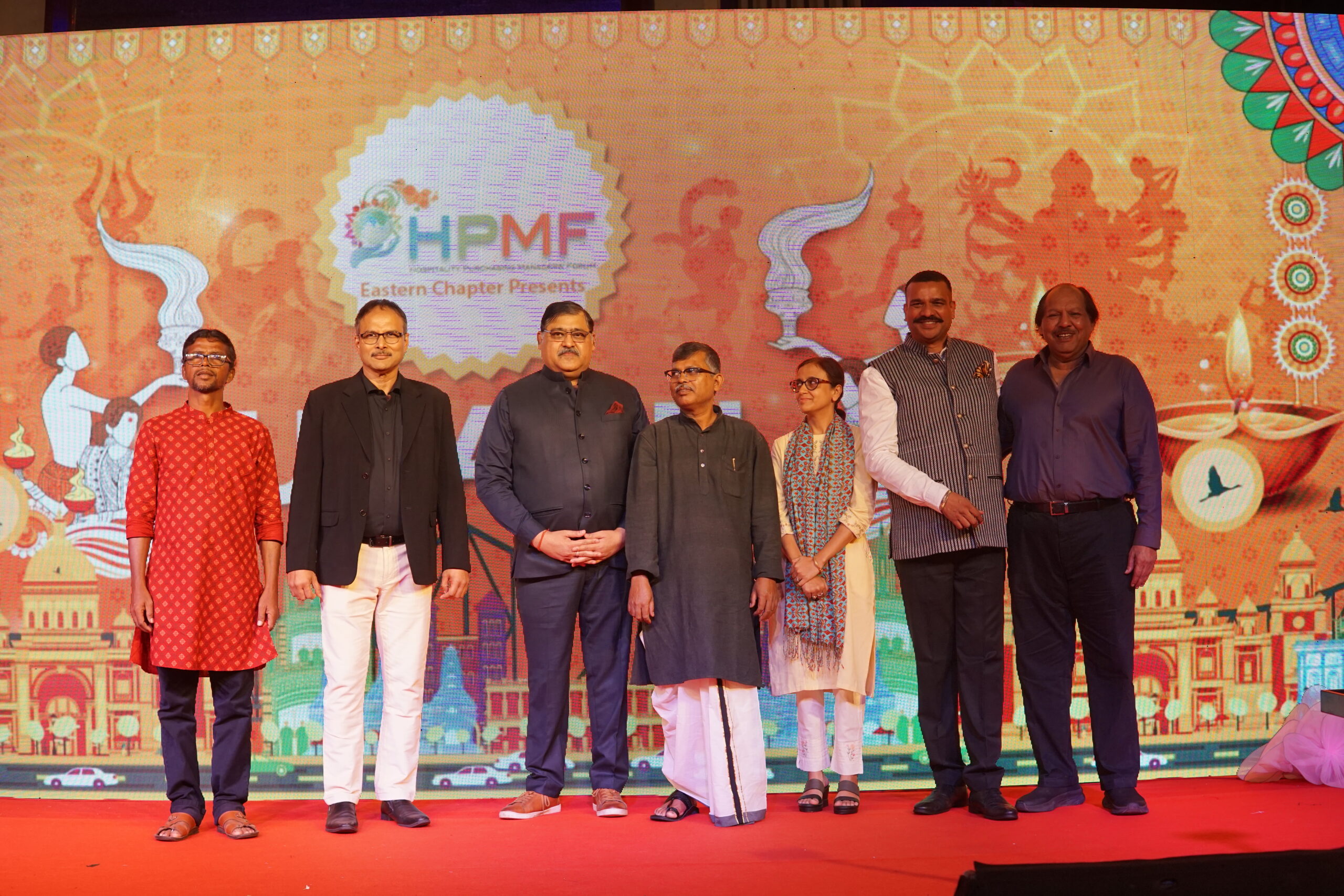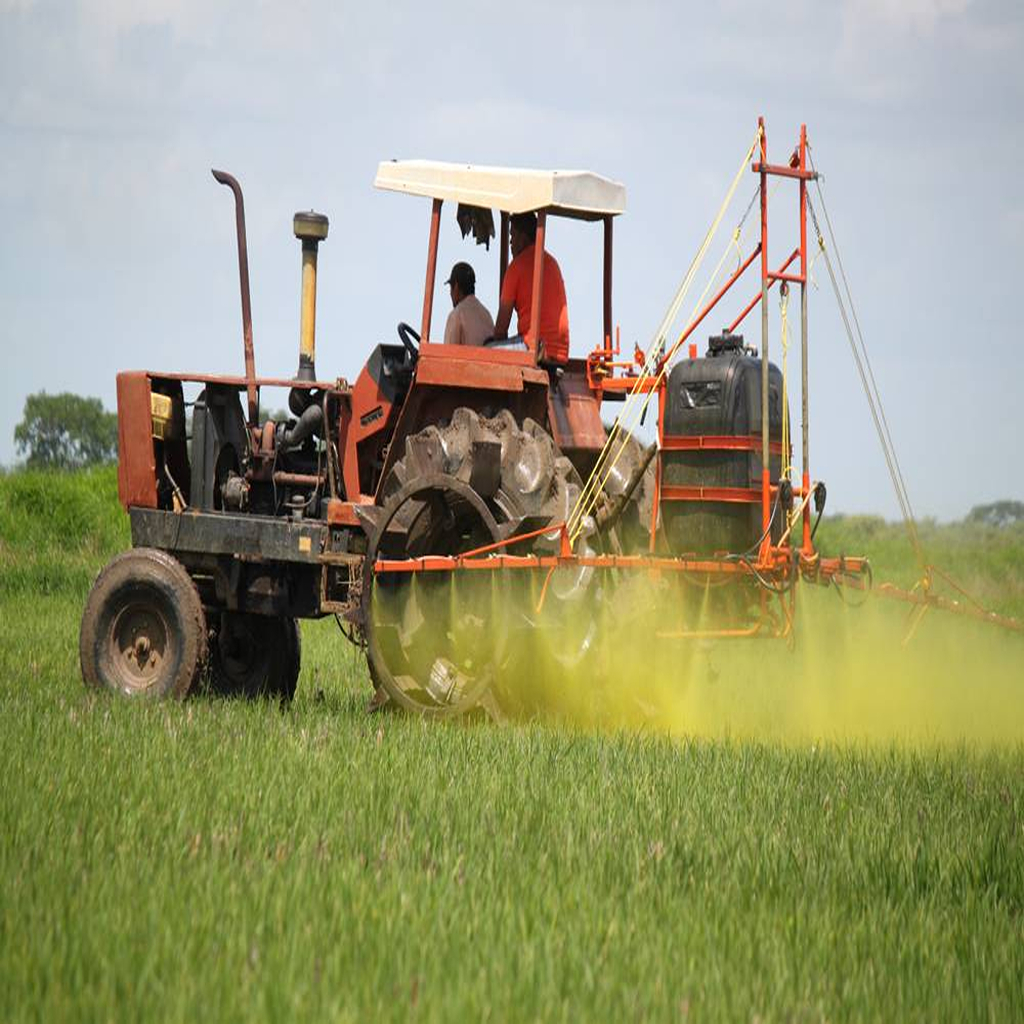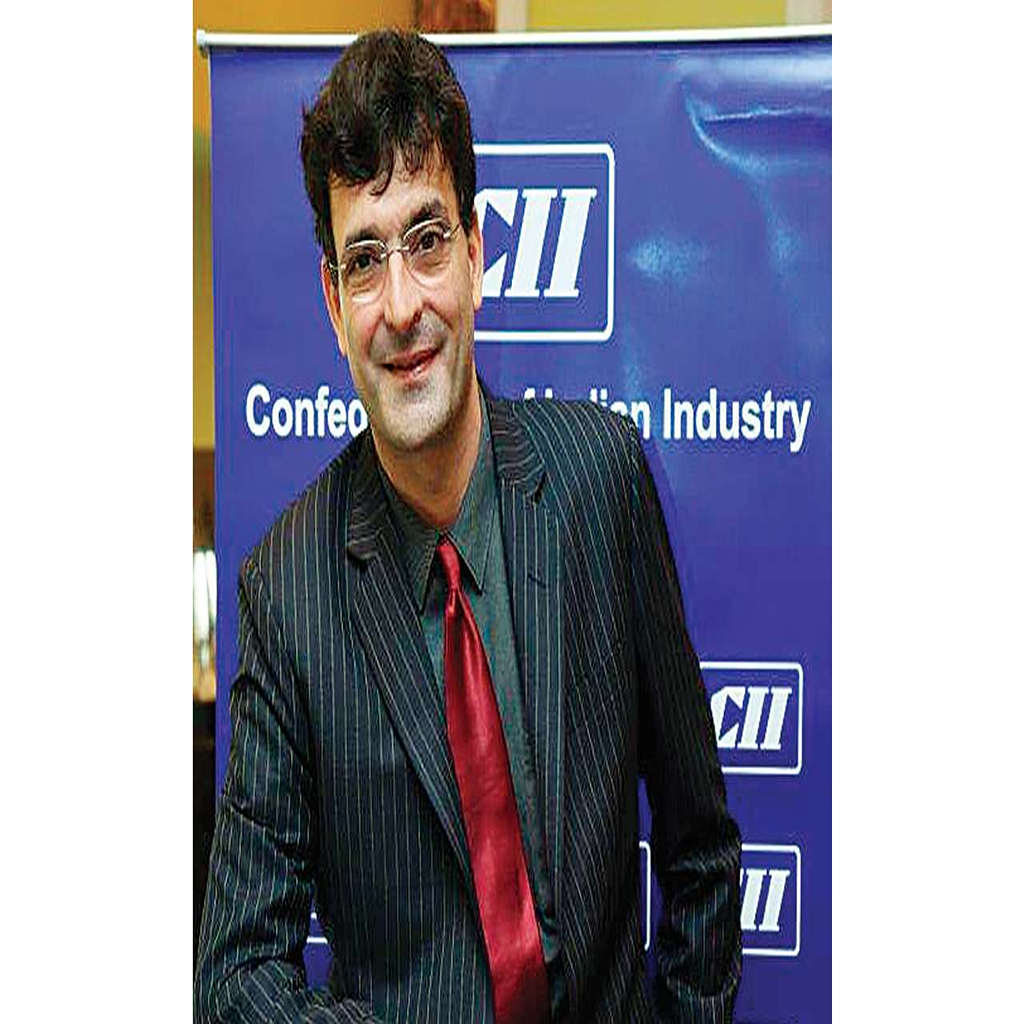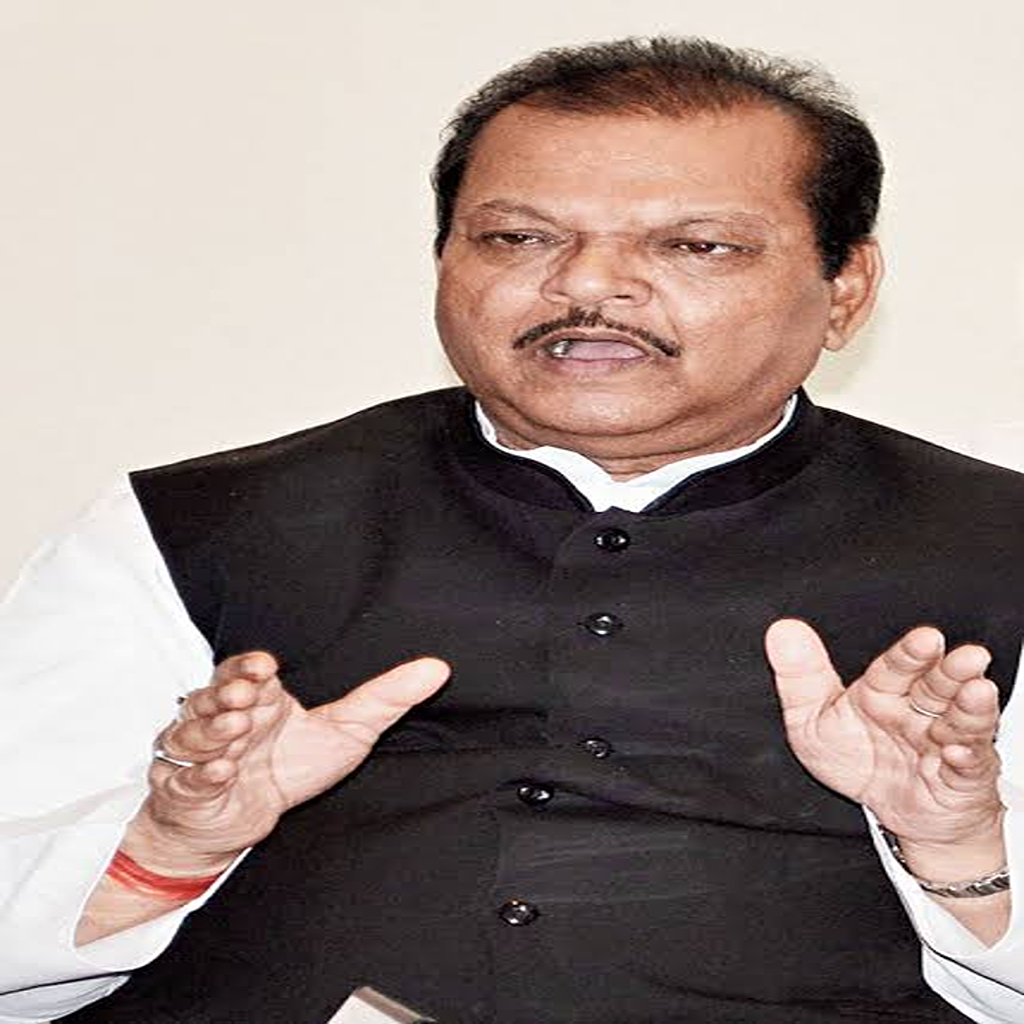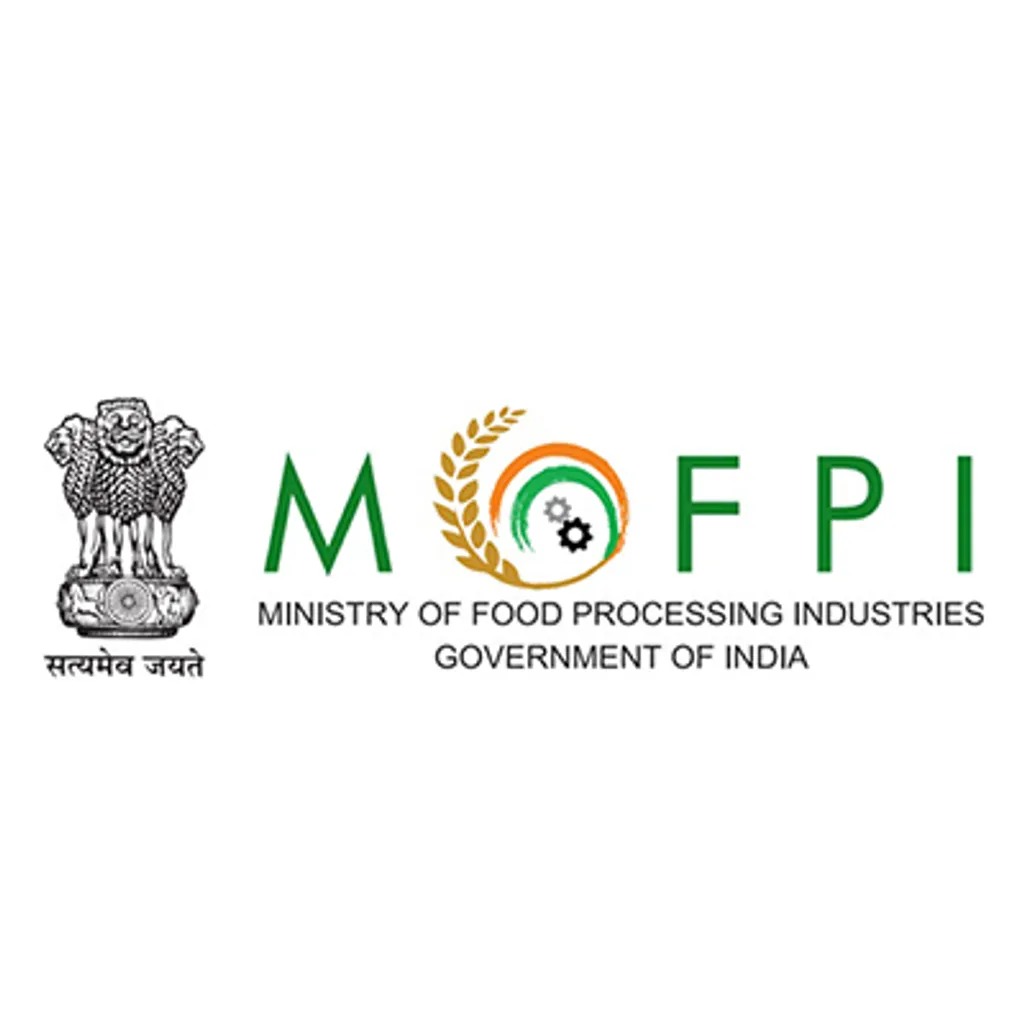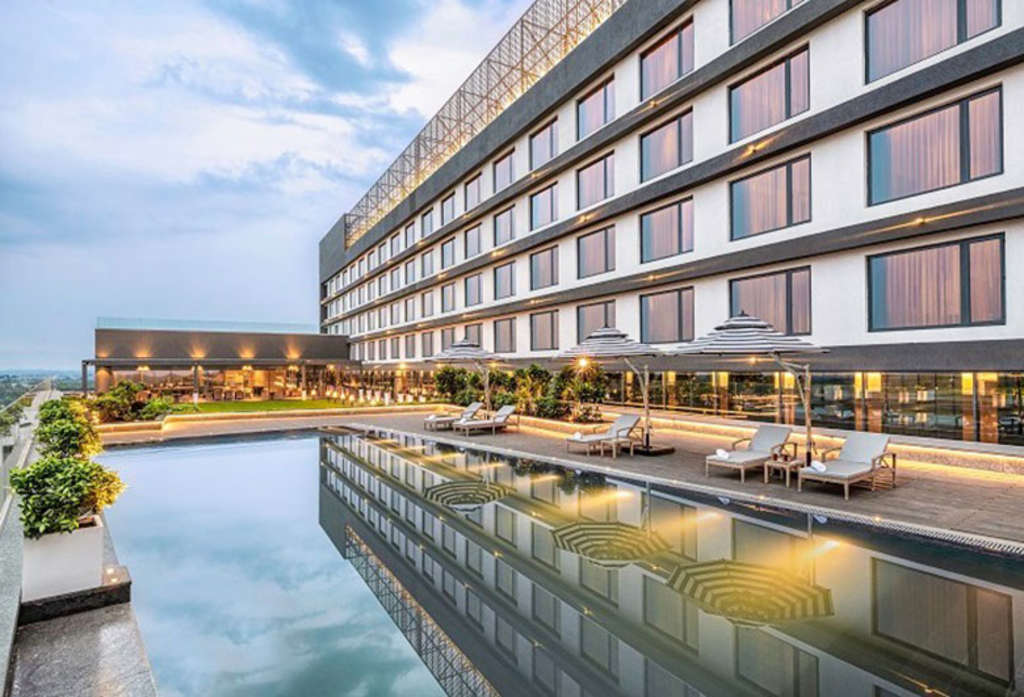
Hotel stocks surged in Wednesday’s trading session, driven by a robust demand outlook for the sector. Indian Hotels (NS: IHTL) witnessed a 5.45% rise, reaching INR 414 on the BSE. EIH (NS: EIHO) experienced a 4.4% increase, reaching INR 242 on the BSE. Chalet Hotels saw a 2.3% uptick at INR 535, while Lemon Tree (NS: LEMO) Hotels climbed 4.2% to INR 107.
The positive demand outlook for chain-affiliated hotels stems from strong domestic demand, increased foreign tourist arrivals due to special events like the G-20 Summit and the Cricket World Cup, and the upcoming wedding season, as reported by JM Financial (NS: JMSH) Institutional Securities.
The report maintains a positive stance on the sector, emphasizing that demand concerns beyond FY24E are somewhat exaggerated. Domestic tourism will be a significant driver of hotel room demand, expected to surpass room supply in the medium term. Peak occupancies and Average Room Rates (ARRs) for the industry are projected to materialize over time.
Hotelivate’s research indicates that major Indian cities had a total branded room supply of 152,945 as of Mar’22, with 59,238 rooms expected to be added between FY22 and FY27E, boasting an active development ratio of 72% (42,531 rooms).
The majority of the active development supply, approximately 60%, is either already available or will be introduced by FY24E, suggesting a subdued supply growth from FY25E onward.
Short-term triggers like the G20 Summit and the Cricket World Cup might lead to temporary spikes in occupancies and ARRs. However, sustained demand is anticipated due to resilient domestic tourism, potential recovery in foreign tourism, and improving business travel conditions.
The report underscores the strong visibility for hotel demand, influenced by India’s projected GDP growth of 6.3% and 6.4% in FY24 and FY25, respectively. Historically, room demand tends to grow at 1.3 times the GDP rate.
The cyclical nature of the hotel industry, characterized by business cycles’ peaks and troughs, largely results from demand-supply imbalances. This cycle typically lasts 5-6 years. Currently, the industry is in the second year of an upcycle, with pan-India occupancy levels below the peak of 72%-75%.
Peak supply aligns with the average expansion phase duration of 3 years, catching up with demand. The report anticipates achieving peak occupancies and ARRs in the next 18-24 months, suggesting that the industry remains in the early-cycle expansion phase.


